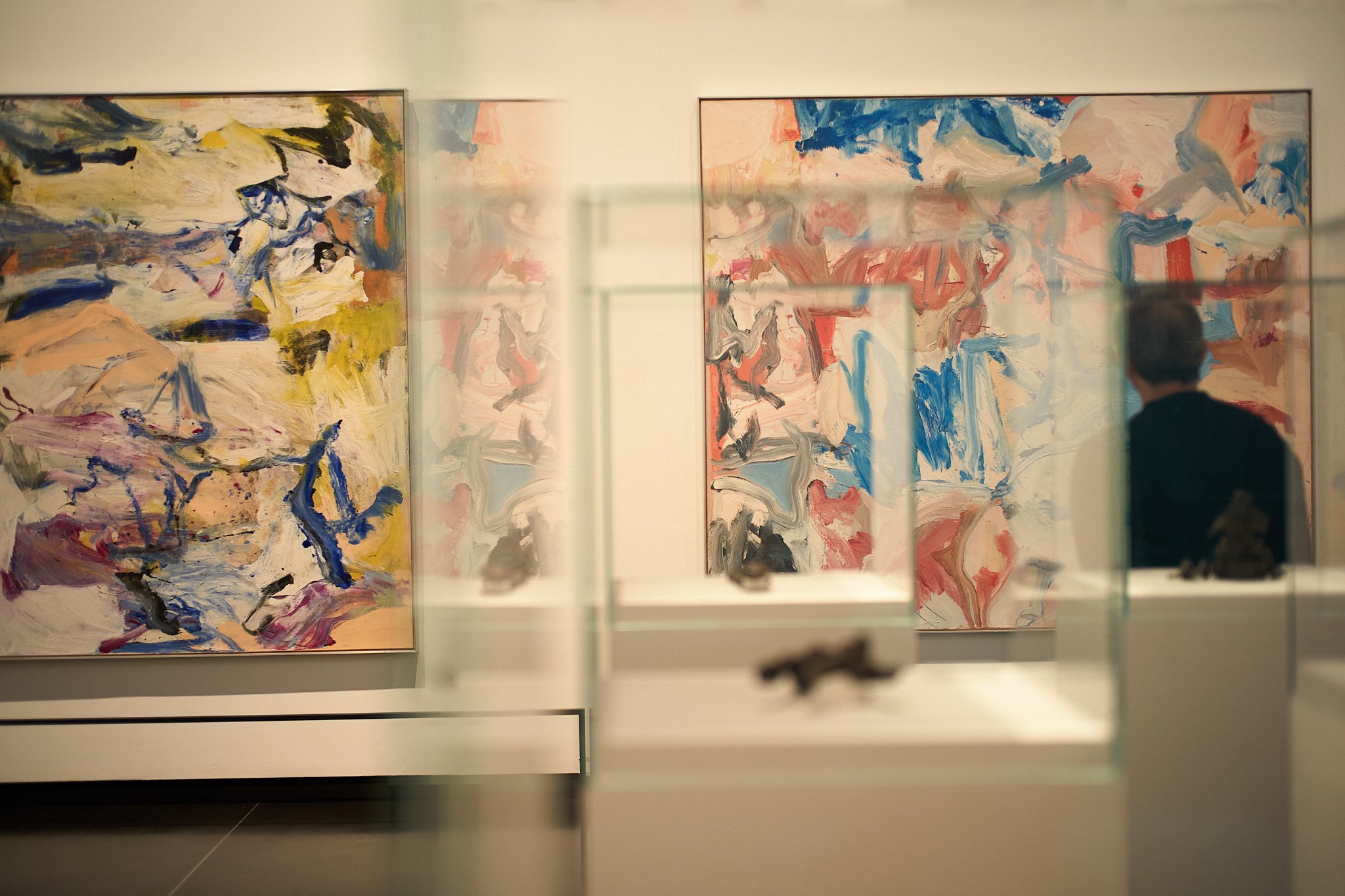Gallerie dell'Accademia in Venice
Reductionism in Art and Brina Science, Eric Kandel, pg 101, Zettel 120
..it was Pollock who, according to even to de Kooning, “really broke the ice.” Pollock proved to be by far, the strongest personality of his generation. As de Kooning put it: “Every so often, a painter has to destroy painting. Cezanne dd it. Picasso did it with Cubism. Then Pollock did it. He busted our idea of a picture all to hell. Then there could be new paintings again. (Galenson 2009) - Reductionism in Art and Brina Science, Eric Kandel, pg 101, Zettel 120
Reductionism in Art and Brina Science, Eric Kandel, pg 99, Zettel 118
Despite the abstract nature of these paintings, de Kooning later insisted that he was not interested in “abstracting” - taking things out and reducing his paintings to form line, or color. Rather he often painted in what appeared to others to be an abstract form because the reduction of figuration allowed him to put more emotional and conceptual components into the painting: anger, pain, love, his ideas about space. - Reductionism in Art and Brina Science, Eric Kandel, pg 99, Zettel 118
Reductionism in Art and Brain Science, Eric Kandel, pg 90 & 91, Zettel 117
Two of de Kooning’s paintings were of seminal importance in this period: Excavation and Woman I. Excavation, painted in 1950, is generally considered one of the most important paintings of the twentieth century….In Excavation, de Kooning achieved a magical synthesis of these two modern claims of truth. His powerful, poised style integrated the rigorous detachment of Cubist structure with the personal drive and spontaneity of the moment. - Reductionism in Art and Brain Science, Eric Kandel, pg 90 & 91, Zettel 117
Reductionism in Art and Brain Science, Eric Kandel, pg 87, Zettel 116
The art critic Clement Greenberg divided the abstract Expressionist Painters into two groups (1961,1962): the gestural painters de Kooning and Pollock, and the color-filed painter Rothko, Morris Louis, and Barnett Newman. However, as the art historian Robert Rosenblum points out, this distinction is less important than the artist’s common pursuit of the sublime (1961) - Reductionism in Art and Brina Science, Eric Kandel, pg 87, Zettel 116
































